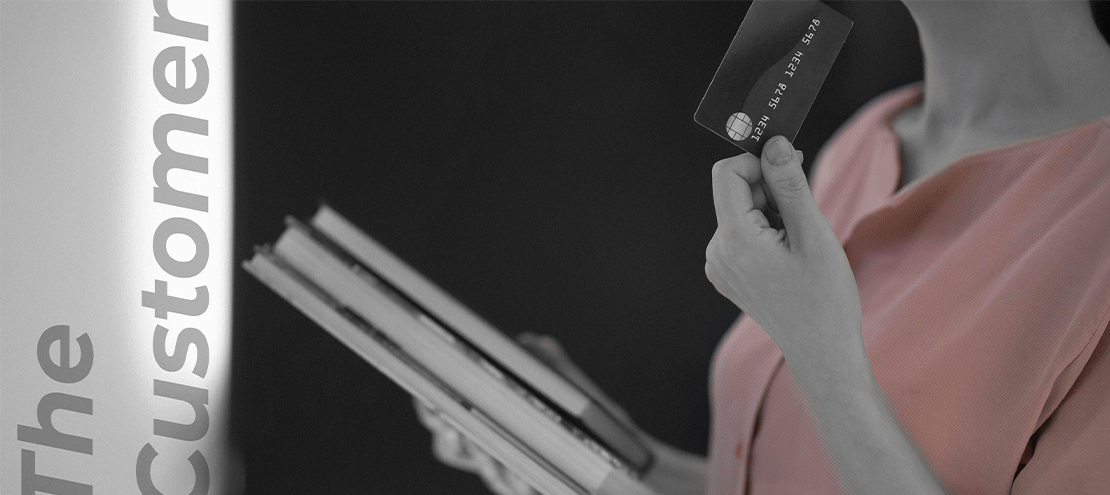What’s in this article:
- A look at the famous phrase and whether it is in fact right
- Human beings can be correct and mistaken at the same time and by serving the majority of customers who act in good faith, businesses can position themselves to grow and thrive
The famous phrase “the customer is always right” might be the most controversial maxim of the business world. Business owners and managers often accept it as gospel truth, while service employees roll their eyes at its mention. Yet many don’t realize this debate is over a century old — persisting through world wars, economic booms, and everything in between.
Marketers can benefit from a close examination of this common phrase in our customer-centric, social media-driven age. On a second look, we discover that it embodies a universal truth: that human beings can be correct and mistaken at the same time.
Become the best CRMer you can:
CRM Hack: Monitoring the User’s Heartbeat
What Does It Mean to Treat a Customer’s Email With Respect?
To Lock or Not to Lock Customers (into CRM Journeys)
What the Efforts to Promote Responsible Gaming Look Like Form the Inside
The Customer Is Always Right
The customer-first-at-all-costs approach is at least a full century old, although it went by many different names. The Swiss hotelier César Ritz — yes, that Ritz — followed the maxim “le client n’a jamais tort,” or “the customer is never wrong.” This practice was part of a broader philosophy of attentiveness to any customer need, to the point of anticipating problems before they occurred. If someone complained about, say, the temperature of their soup, Ritz would replace it, no questions asked. Even if the observation was demonstrably false.
Whether Ritz was the first to coin the phrase or not, the concept quickly took hold around the world. A German variant translates to “the customer is king,” while in Japan, employers claimed, “the customer is god.” American retailers like Harry Gordon Selfridge and Marshall Field popularized “the customer is always right” and made it a policy at their stores.
While the maxim was catchy, it immediately prompted a heated debate among store owners. In one 1914 article, Frank Farrington criticized the perspective, noting that customers can lie, hold unrealistic expectations, or take advantage of store guarantees. “If we adopt the policy of admitting whatever claims the customer makes to be proper, and if we always settle them at face value, we shall be subjected to inevitable losses.”
Thirty years later, Marshall Field & Co. President Hughston McBain argued that accepting short-term losses retained customers — driving long-term profit. By serving the majority of customers who act in good faith, businesses position themselves to grow and thrive. “The customer, to sum up, is sometimes wrong — but she is right often enough to justify the generalization that she is always right.” The debate between Farrington and McBain continues today, influencing everything from shoplifting policies to product returns.
Sometimes, The Customer Is Wrong
If letting customer behavior slide was a matter of profit optimization, this entire debate would be academic. Unfortunately, “the customer is always right” applies to far more than cold soup and apparel returns. Modern businesses embraced this maxim so wholly and efficiently that we are now experiencing unintended consequences.
Take sustainability. While studies show that 30-70% of consumers intend to go green, only 5% actively follow through. People who forget to bring reusable bags to the grocery store will purchase plastic. Those who oppose food waste on principle will overbuy retail produce and send it to the landfill when it goes bad. We see this problem repeatedly in electronics manufacturing, clothing production, and any other industry that serves a mass market. Customers will almost always choose the short-term convenience, and brands facilitate that unsustainable demand to their detriment.
Part of the problem is that purchasing decisions are not binary measures of right and wrong. A more accurate explanation is that consumers make purchases based on the path of least resistance. When sustainable alternatives are accessible, affordable, and effectively promoted, customers suddenly start paying attention to them. An excellent example is LED light bulbs, which accounted for 70% of global lighting sales in 2020. But customers cannot create that supply themselves.
The Customer Is Never Wrong
Perhaps Ritz had the right approach all along when he said, “the customer is never wrong.” Human beings are complex creatures who can excel at articulating needs and problems but don’t know what solution is right for them. If a patient asks a doctor for painkillers, they might be right about the pain but completely wrong about whether a specific prescription will help. There might be an underlying condition the doctor can treat more effectively.
In this context, being truly customer-centric is not about proving the customer right or wrong. It is about finding effective ways to meet their needs. A good marketer or service representative listens to what customers are and aren’t saying to find a pain point they can address. What’s more, this kind of communication builds trust and helps customers feel valued. Here are a few tips to keep in mind:
- Listen, clarify, and listen again: You’re not going to help every customer find the right solution if you don’t listen for a pain point. Let them express their needs and expectations in detail before providing them with options.
- Don’t validate unrealistic expectations: If you legitimately wronged a customer in some way, that deserves an immediate apology, recompense, or both. If they feel entitled to a service you don’t actually offer, that’s perfectly fair to point out. In fact, being upfront about what you can or can’t do for customers can build trust and drive retention.
- Find solutions that highlight customer value: At the end of the day, the customer should feel appreciated. Even an imperfect solution presented honestly, such as an exchange or partial refund, helps customers feel valued.
Customer complaints don’t have to be binary right-or-wrong situations. If you take the time to listen to what customers actually say, you might be surprised at how easy it is to address the actual problem — especially if it’s just cold soup.
The post The Customer is Always Right? appeared first on Post Funnel.




